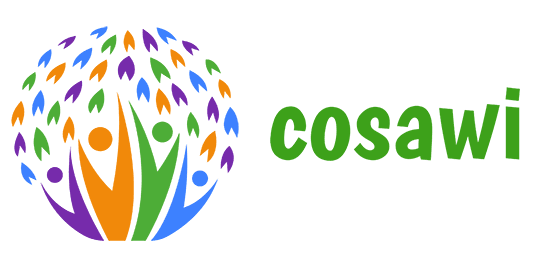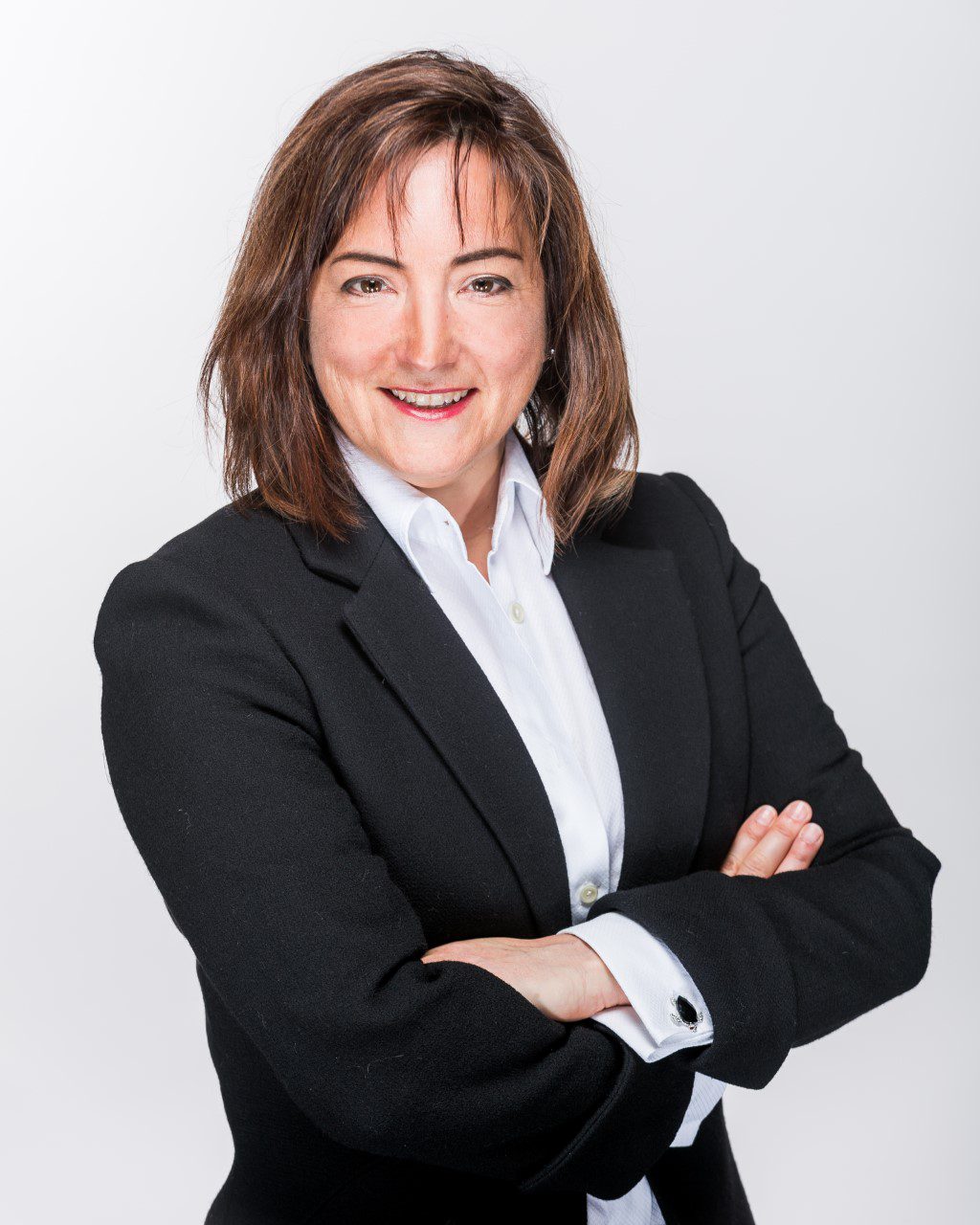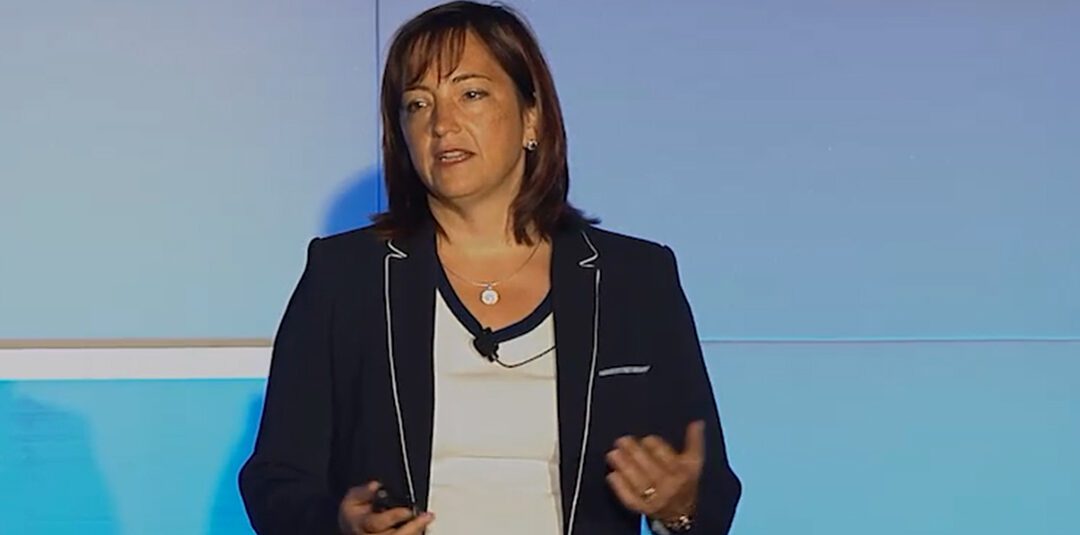Disruption, although most times unwelcome, gives way to innovation. Could the mother of creativity and innovation be, in fact, disruption? This last year has certainly proven this saying in our customer-centric aspirations. We have seen seismic shifts within...

Customer-Centric vs. Roles Curriculums
Customer-Centric vs. Roles Curriculums
Training curriculums are a essential tool to initiate and install internal collaboration and bring cohesion.
Learning and development capabilities need to be integrated into the COE to build a customer-centric curriculum. This curriculum ensures that every customer-facing individual is aligned to the same engagement or selling model and this is a key success component of SAM transformation. Training curriculums are a essential tool to initiate and install internal collaboration and bring cohesion, avoiding misalignment of a company value proposition. To achieve this, a well-established COE – where the learning and development team builds curriculums with the customer-centric mindset and needs – is key. Such a COE-supported and centralized approach has the potential to establish engagement model branding, enabling a instinctive, differentiating engagement model shared by every customer-facing individual versus the traditional way of building role curriculums. Despite the complexity and variability of roles, centralized curriculums also provide the same principles to apply and create that differentiating model for engaging with the strategic accounts.
Think Global, Act Local: Focus on Localization
Many organizations that have implemented SAM realize that finetuning is needed to be successful, not only at the global culture and mindset level, but also at the level of local execution. For example, in life sciences, a SAM COE must have the flexibility to execute according to country healthcare archetypes. This means, depending on the decisionmaking and level of healthcare integration, the execution of the SAM competency and processes will vary.
Going faster than the evolution of the local health system will be detrimental to commercial success; falling behind will impede an ability to participate in and impact the creation of solutions for shared health issues. Centralizing common vision, strategy and main process within the COE is key, and is a pragmatic way to free up local SAM capabilities to focus and adapt efforts to locally varied business priorities and customer realities.
Breaking Down Silos: Enabling Alignment
SAM is a journey and is about team selling. Despite SAM being the owner of the relationship with the account, bringing value beyond products and services requires thorough organizational alignment, including the alignment of all enabling functions. COEs help enabling functions speak the same language as the commercial organization, aligning communication, content and purpose. Such COE efforts give functions like economic, outcome research, marketing and others greater capability to bring insight for the SAM to be differentiated in the relationship and in the mind of the customer as bringing business relevance and value. COEs also help enabling functions participate as a part of the team and have their voice at the table with the organization and customer teams, in order to foster innovative and valuable solutions delivered to the strategic accounts. Breaking down internal silos amongst functions remains one of the biggest barriers to overcome in the SAM journey, and COEs play a key role in this regard.
Download this PDF HERE
About the Author
Dominique Côté brings 30 years of experience leading commercial teams in global pharmaceutical and biotech organizations. Her consultancy work is focused on Commercial Excellence, Executive coaching & leadership, KAM/SAM roadmaps & journeys, as well as Account based Marketing.
She is an accomplished international business leader, recognized as a chief architect of global account program journeys, leading corporate changes and cultural shifts for customer-centric innovation and patient value.
Dominique is a panelist and keynote speaker in Europe and the U.S. in the areas of commercial Excellence and Customer centricity. She writes and is published in journals like Journal of Sales Transformation, Velocity, and others on these topics.
Recent Posts
Want to accelerate your SAM journey?
Account Based Marketing interview by Pfizer COE
We talk to Dominque Côté about the central role of marketing in Key Account Management (KAM). Driven by her desire to make a real difference to patients’ lives and following a successful 30-year career in executive sales and marketing roles in the pharmaceutical and...
Account-Based Marketing: Time to future proof your marketing efforts to become customer-led and team enabled.
Owner & Founder Cosawi Owner & Founder Kate Burda & Company The first article of this series on SAM journey acceleration critical success factors discussed the importance of establishing a Center of Excellence to enable the SAM journey evolution’s...







